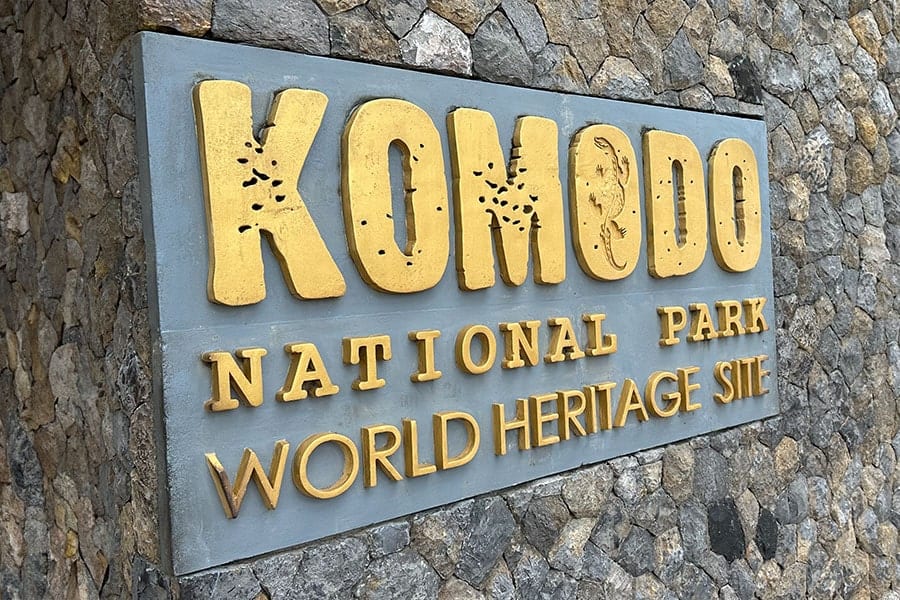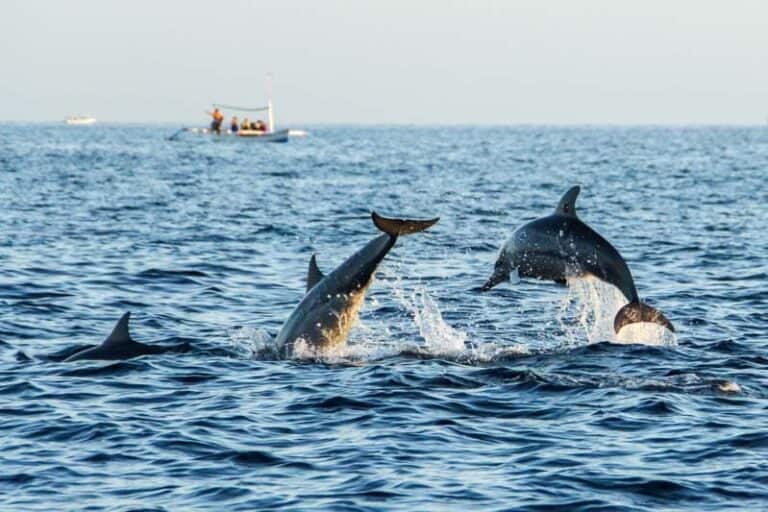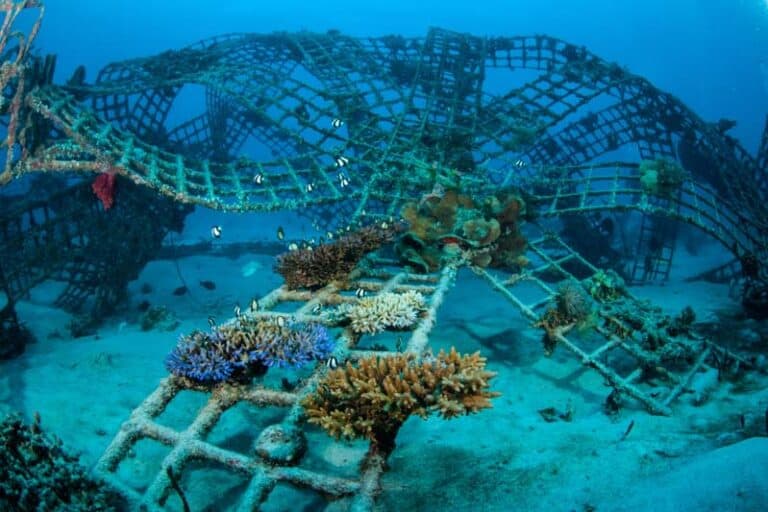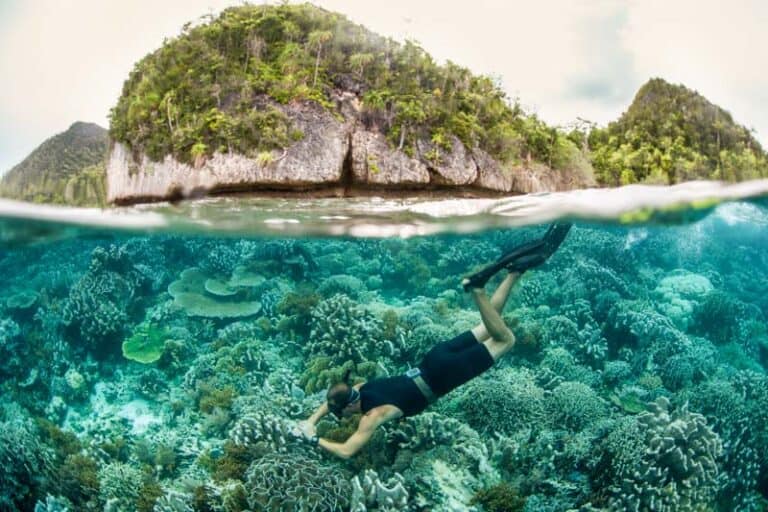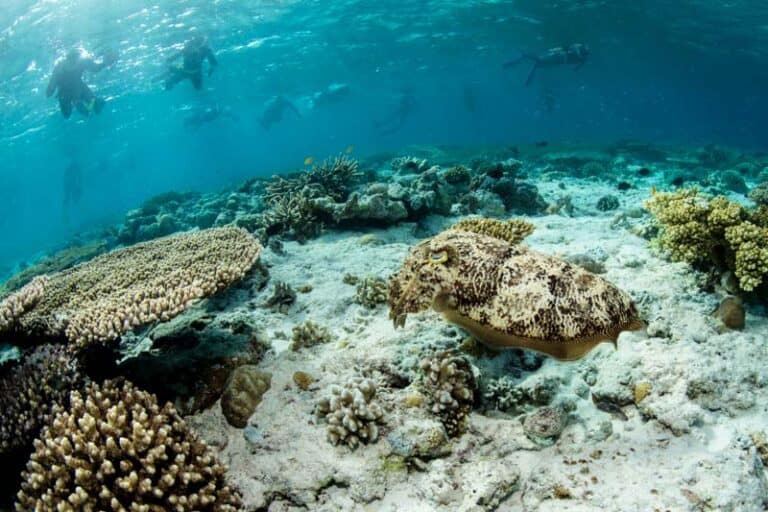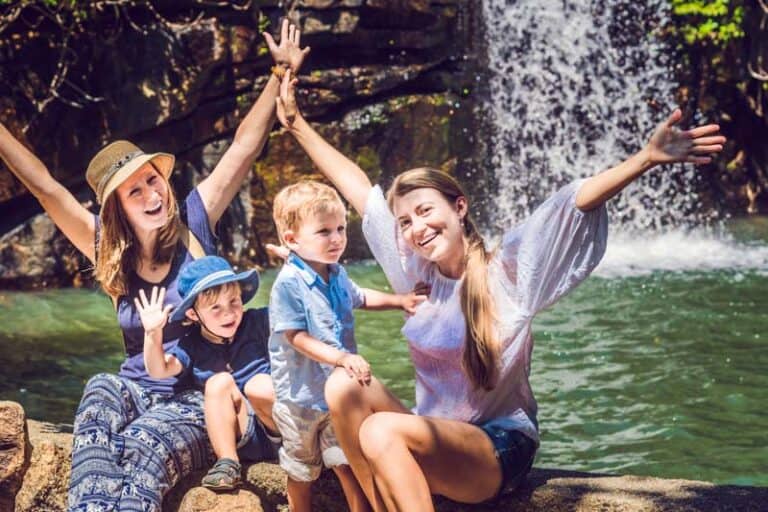Imagine yourself venturing to a place where ancient creatures roam freely, a land that holds secrets waiting to be discovered. Welcome to Komodo Island, where you’ll encounter the majestic Komodo dragons, the largest living lizards on Earth.
This UNESCO World Heritage Site, nestled within the Komodo National Park, offers a unique and awe-inspiring experience for adventurous souls like yours. Get ready to unravel fascinating Komodo Island facts that will captivate and yearn for more.
- Komodo Island is famous for its population of Komodo dragons, the largest lizards in the world.
- Komodo National Park is a UNESCO World Heritage Site located in the Lesser Sunda Islands of Indonesia.
- The park boasts stunning landscapes, including rugged hills, pristine beaches, and crystal-clear waters.
- Visitors can enjoy activities like exploring beautiful beaches, snorkeling in vibrant coral reefs, hiking, and wildlife spotting in the park.
Komodo Island Facts
You’ll find interesting facts about Komodo Island that will fascinate you.
Komodo Island is a stunning destination located in Indonesia. It’s famous for its population of Komodo dragons, the largest lizards in the world. These incredible creatures can grow up to 10 feet long and weigh up to 150 pounds. The island itself is a paradise for nature lovers, with rugged terrain, crystal-clear turquoise waters, and lush green forests. Komodo Island is also home to diverse wildlife, including deer, wild boars, and various bird species.
Exploring the island’s beautiful beaches and snorkeling in its vibrant coral reefs are some of the top activities that visitors can enjoy. Remember to capture the breathtaking views and unforgettable moments during your visit to Komodo Island.
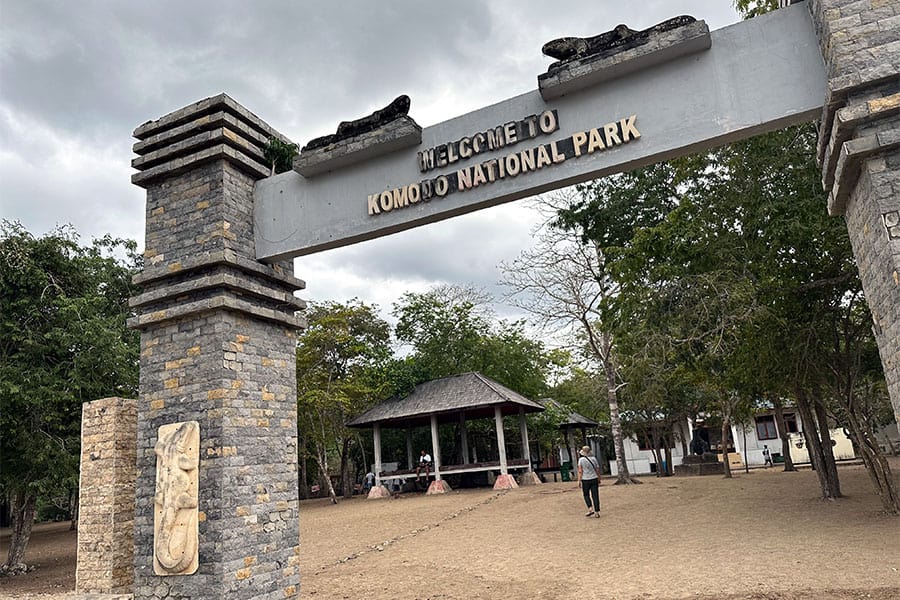
The famous Pink Beach of Komodo Island is one of only seven in the world. It is formed from the crushed red shells of tiny creatures called foraminifera, which combine over time with white sand.
Facts about Komodo Dragons
Did you know that the Komodo dragon is the largest living lizard in the world? These magnificent creatures can be found on the beautiful Komodo Island, a must-visit destination for any nature lover. Here are some fascinating facts about Komodo dragons that will surely captivate your imagination:
- Majestic Size: Komodo dragons can grow up to 10 feet long and weigh over 150 pounds, making them a formidable presence in their natural habitat.
- Deadly Bite: Their saliva contains highly toxic bacteria, which can cause severe infections in their prey. Even a small bite from a Komodo dragon can be fatal.
- Impressive Hunting Skills: Komodo dragons are agile hunters despite their large size. They can run up to 12 miles per hour and have a keen sense of smell to detect their next meal.
- Unique Reproduction: Female Komodo dragons can reproduce without the presence of males, a process known as parthenogenesis. This remarkable ability ensures the survival of the species in isolated environments.
Komodo dragons are truly remarkable creatures that deserve our admiration and respect. Visiting Komodo Island is an opportunity to witness these ancient creatures in their natural habitat, a once-in-a-lifetime experience.
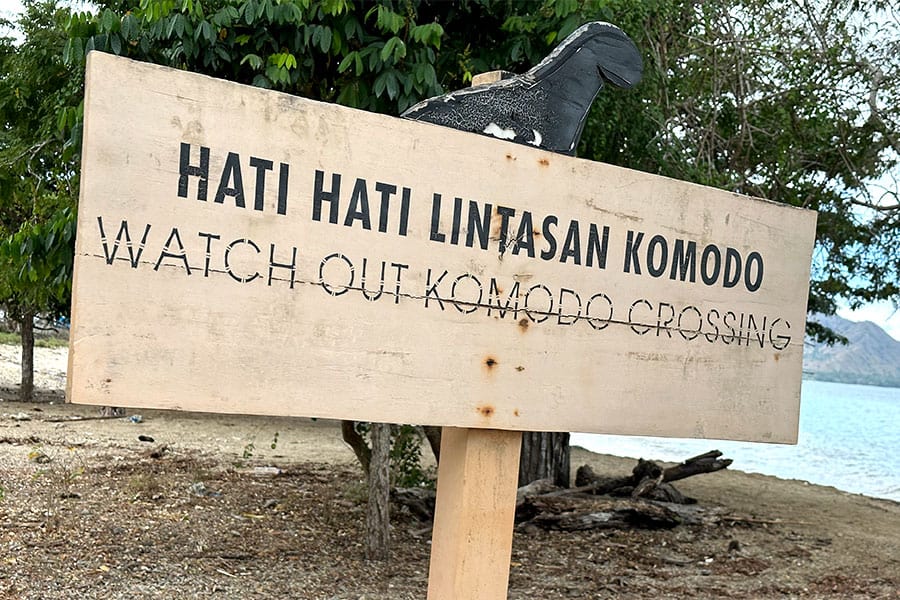
Komodo National Park Facts
While exploring Komodo National Park, don’t forget to watch for the diverse marine life that inhabits the crystal-clear waters surrounding the islands.
The park, located in Indonesia, is known for its stunning underwater world. As you dive or snorkel, you’ll be greeted by vibrant coral reefs teeming with colorful fish. Look closely; you might spot a majestic manta ray gracefully gliding through the water or a playful dolphin leaping in the distance.
The park is also home to over 1,000 fish species, including the rare and elusive dugong. With its warm waters and thriving ecosystem, Komodo National Park offers a truly unforgettable experience for those who venture beneath the surface.
To enter Komodo National Park (including Komodo Island, Rinca Island, and Padar Island), visitors are required to pay the entrance fee in addition to other fees, such as ranger fees, hiking fees, canoeing fees, diving fees, and snorkeling fees.
Additional Tips and Practical Information for Visiting Komodo Island and Komodo National Park:
- Entrance Fees and Additional Charges: To enter the Komodo National Park, which includes Komodo Island, Rinca Island, and Padar Island, visitors must pay the entrance fee. Additionally, there are other fees such as ranger, hiking, canoeing, and more. Be sure to inquire about these fees and their details before your visit.
- Hire a Ranger: While exploring Komodo Island and the National Park, it is highly advisable to hire a ranger. Rangers not only enhance your safety but also provide valuable insights into the history and behavior of the Komodo dragons. They can guide you to the best spots for Komodo dragon sightings and help you capture unforgettable moments with these incredible creatures. Rangers are also knowledgeable about the local flora and fauna, enriching your experience.
- Photography Tips: Rangers can offer valuable tips on taking better photos ? with the Komodo dragons while ensuring your safety. They know the best angles and distances to capture these majestic creatures in their natural habitat. Follow their guidance for stunning and responsible wildlife photography.
- How to Reach Komodo Island: To reach Komodo Island, you can typically fly to Labuan Bajo, a town on the neighboring island of Flores, Indonesia. From Labuan Bajo, boat tours and ferries are available to take you to Komodo Island and other nearby islands within the National Park. It’s advisable to book your transportation and tours in advance, especially during peak tourist seasons.
- Best Times to Visit: The best time to visit Komodo Island and Komodo National Park is during the dry season, which typically runs from April to December. During this period, the weather is more predictable, and the seas are calmer, making exploring the surrounding waters and islands easier. However, be prepared for warmer temperatures in the peak of the dry season.
- Conservation Efforts: Komodo National Park is a place of natural wonder and a site of significant conservation efforts. The park authorities and various organizations are actively working to protect the area’s unique biodiversity, including the Komodo dragons and the marine life. Support these efforts by adhering to park regulations, respecting wildlife, and following responsible tourism practices.
- Responsible Tourism: When visiting Komodo Island and the National Park, it is crucial to practice responsible tourism. This includes:
- Staying on designated paths and trails to minimize environmental impact.
- Not feeding or disturbing the wildlife, including Komodo dragons.
- Avoiding littering and disposing of waste properly to keep the area pristine.
- Following the guidance of your ranger or tour guide to ensure your safety and that of the environment.
- Participating in educational programs offered by the park to learn more about the fragile ecosystem and how to protect it.
